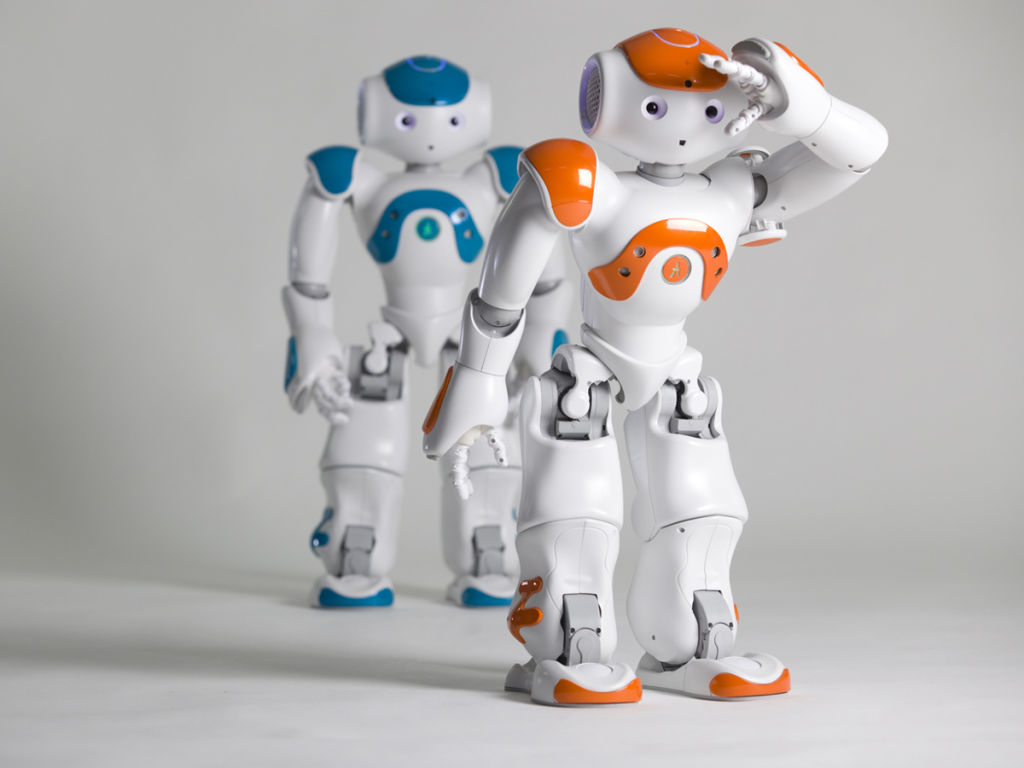Education for the future: Smart Schools

The future. It’s a word that sparks the imagination and elicits all types of images: flying cars, phone-like technology implanted into our ears, working human organs printed on 3D printers, connecting to the internet without the need of a keyboard or device, daily virtual reality experiences, deep space travel, artificial intelligence.
These were things that, until recently, you could find only in science-fiction movies or cartoons. But they could become reality in the next few decades. It’s this type of future that Melbourne’s independent schools are working to prepare their students for.

These schools are working to be “smart schools” – those that not only educate but also innovate with the use of technology and adding relevant, forward-looking subjects to the traditional curriculum to prepare for this future.
Coding, apps and design
The principal of Korowa Anglican Girls’ School, Helen Carmody, says smart schools are responding to the rapid changes in science and technology that are taking place globally.
“Our students are graduating into a world with very different demands compared to the past, as a result of globalisation, technological development and the changing nature of work,” Helen says.
“Across the school, our programs are focused on developing key 21st-century skill-sets in our students, such as entrepreneurship, problem-solving, collaboration and innovation.
“Our students’ learning experiences build on the principles of STEAM (Science, Technology, Engineering, Arts and Mathematics) and the Maker Movement (the creating, tinkering and sharing of ideas).”
Helen says Korowa has introduced new electives in mobile phone app development and computer game design this year.
It’s a similar approach at Camberwell Girls Grammar School, where students take part in the Girls Invent program. The program encourages students to not only study STEAM but also to be entrepreneurial.
Principal Debbie Dunwoody says Girls Invent connects students to these subjects and has them thinking creatively and innovatively.
“The program really connects our students to all elements of STEAM and focuses them on design thinking. The girls work collaboratively to bring ideas to life. From concept to design and development, marketing to distribution and sales – Girls Invent is a program so relevant to their futures,” Debbie says.
Coding is also an area of focus for the school at all year levels.
“Our partnerships with Xero and Telstra have seen Code Clubs formed at both the junior and senior school, with experts from each organisation running weekly coding workshops.”
Like the other independent girls schools, Mentone Girls’ Grammar is encouraging its students to become women working in the field of science and technology.
The school’s Head of eLearning Michelle Dennis says it’s increasingly important that students, particularly young women, study STEM.
“It’s really important women study computer science because technology is continually changing the world and if they’re not part of that conversation then they will get left behind and limit their future prospects,” Michelle says.

Global connection
At Xavier College, the school’s focus has also been on innovative learning through science and technology and its students connection to the global community.
Xavier College’s Director of Senior Campus Adam Lewis and Head of Teaching and Learning Melinda Roberts say there are opportunities and challenges for schools in this space.
“Xavier is committed to the formation of global citizens who, at their heart, have a desire to serve others,” Adam says.
“It is also about educating students to be creative, to problem solve and to explore questions that do not necessarily have straightforward answers.
“We need to address the literacies around the use of technologies and how we create a sense of digital citizenship because the whole concept of relationship has shifted for young people and is marked by a degree of superficiality due to social media.
“In our school, which has relationship at the centre, we educate our students to engage in relationships of depth based on empathy and compassion,” Adam says.
Melinda says the school has introduced information for parents and students about the challenges some technology can bring.
“Schools have a responsibility to teach literacy around things like social media and ultimately about the footprint that is being left behind by students posting on these platforms,” Melinda says.
It’s also about bringing teachers and parents along on the learning journey, which has changed significantly since parents and teachers were students themselves.
“In the past few years, in particular, technology in education has advanced at such an exponential rate that whenever something new comes up that they [parents and teachers] may not understand it can bring challenges.
“It can have a tendency to make people question the role of something like having a smartphone in class as a tool for teaching and learning,” Melinda says.
“Ultimately though, our role is to be proactive rather than reactive with technology in schools and our prime responsibility is to both educate and protect our students from any of the pitfalls this brings.”
We recommend
We thought you might like
States
Capital Cities
Capital Cities - Rentals
Popular Areas
Allhomes
More







